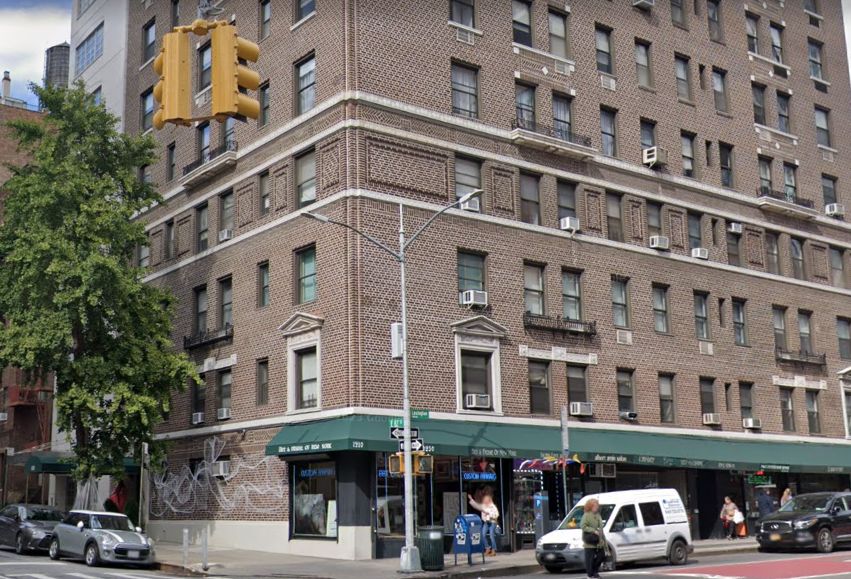Ladies and gentlemen, it’s time for our main event, one of the all-time greatest real estate battles in the history of New York City. Let’s get ready to rumble!
In this corner, we have Joseph Richardson, the owner of a parcel of land at 1218 Lexington Avenue at the northwest corner of East 82nd Street. Born on September 7, 1814, this eccentric millionaire from England amassed his fortune building the Bridgeport Water Works and constructing railroads with the Gould family in the Union Pacific and the Missouri Pacific, to name a couple. At the time of his death in 1897, The New York Times reported, “It is said he [Richardson] held stock in nearly every railroad of the country.” He also operated a fleet of ships from Bridgeport’s Port Authority to New York City.
He was a wealthy man indeed, but he didn’t look the part.
Advertisement
Free Upper East Side News, Delivered To Your Inbox
And in this corner, we have the developers: Patrick McQuade and Hyman Sarner. In 1882, this duo embarked on plans to construct a large apartment building – also at the northwest corner of East 82nd Street and Lexington Avenue. They acquired every plot of land required for the project, except for Richardson’s small strip.
This peculiar scrap of land, measuring only 102 feet long and 5 feet wide, was originally owned by Richardson’s wife, Emma. When the city first laid out its grid plan, sometimes random slivers were left over.
In order for McQuade and Sarner to complete their project as desired, they needed to purchase the parcel from Richardson.
Let’s get it on!
McQuade and Sarner offered Richardson $1,000. To them, this territory was practically worthless as it offered limited possibilities. Richardson, however, saw it differently and countered with $5,000. McQuade and Sarner were uninterested. According to the Sun, Sarner allegedly called Richardson a “tight-wad” and slammed the door in his face. Sarner and McQuade opted to proceed with their construction plans without Richardson’s end piece.
When construction began in May 1982, Sarner returned to Richardson and offered him the full $5,000. Big mistake! It was too late to make the deal.
Richardson informed his daughter, Valentine, “I shall build me a couple of tall houses on the little strip which will bar the light from Sarner’s windows overlooking my land, and he’ll find he would have profited had he paid me the $5,000.”
It gets better. Richardson moved into the narrow building he erected, right next to Sarver’s complex. That surely made for some interesting stoop chats when they got their morning papers. Richardson lived there until his death in 1897.

An 1895 photograph of the Richardson Spite House (Public domain via Wikimedia Commons)
Advertisement
In this battle, we’re awarding the win to Richardson. Light is a precious commodity in this city, and when you have the resources McQuade and Sarner had, it’s better to get the deal done and move on. They underestimated Richardson, and he made them pay (in other ways).
The spite house of 1218 Lexington Avenue stood until 1915. The new building in its place still stands to this day.

(Google Maps)
Have a news tip? Send it to us here!




Writing about the “Spit House” and photo was an amazing piece of UES history!!